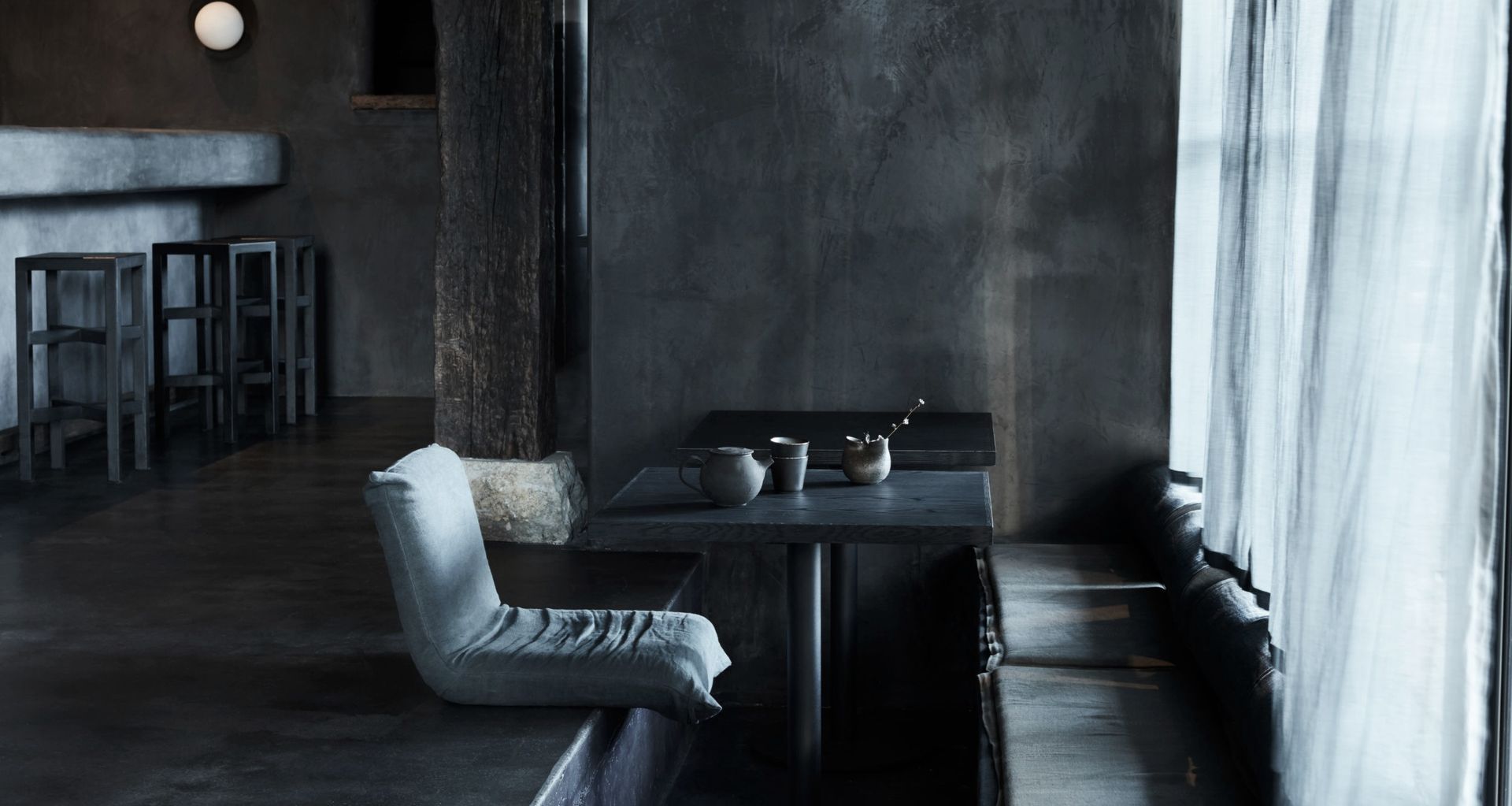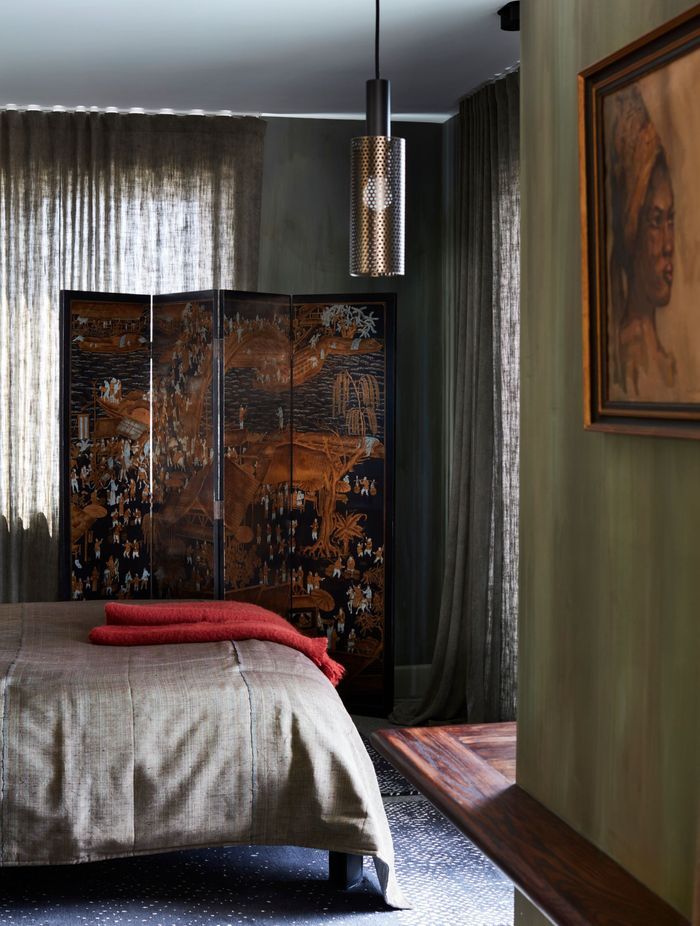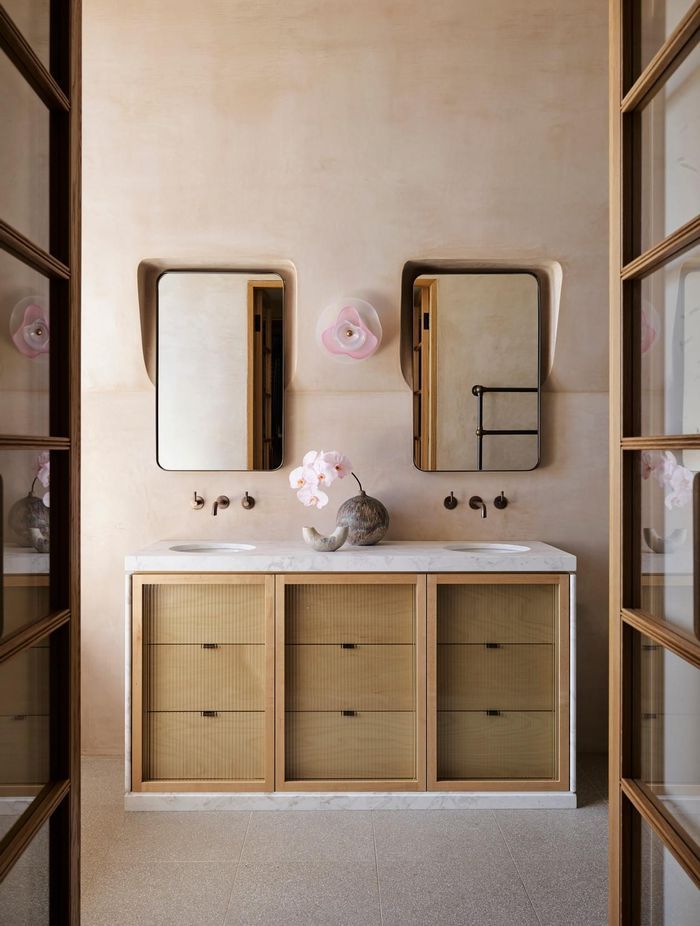Why you should embrace the wabi-sabi design philosophy
Written by
28 July 2022
•
5 min read

In his book, Wabi-Sabi for Artists, Designers, Poets and Philosophers, Leonard Koren writes that “wabi-sabi is a beauty of things imperfect, impermanent, and incomplete. It is a beauty of things modest and humble. It is a beauty of things unconventional”.
With a long and varied history rooted in Zen and the tea ceremony, wabi-sabi is a deep and profound philosophy for life that doesn’t have one set definition, but the Stanford Encyclopedia of Philosophy breaks down into two understandings; the wabi aesthetic does not imply asceticism but rather moderation, while the term sabi carries connotations of melancholy, something aging well or acquiring a patina that makes it beautiful.
Understanding the philosophy of wabi-sabi
In his book, Wabi Sabi: The Japanese Art of Impermanence, Andrew Juniper writes that wabi-sabi is an aesthetic ideal that is best understood in terms of the Zen philosophy from which it originated. “Zen seeks artistic expression in forms that are as pure and sublime as the zen they manifest; it eschews intellectualism and pretense and instead aims to unearth and frame the beauty left by the flowers of nature. The message of wabi-sabi, in view of the ever-encroaching materiality of Western society, is as relevant today as it was in thirteenth-century Japan.”
Read now: How to achieve domestic bliss with modern zen design
Understanding the aesthetic of wabi-sabi
On a design level, the concept of wabi-sabi embraces the beauty of any material, substance or being in its most natural and raw form, which translates to a simple and functional aesthetic that provides a sense of comfort. In their book Wabi Sabi Home, Mark and Sally Bailey describe it as “not a decorating style, but a whole world view… The frayed, weathered and the worn are embraced, and ordinary, practical objects are given elevated status by being displayed in a wonderfully measured way.”
Art dealer and interior designer Axel Vervoordt describes the aesthetic applications of wabi-sabi in his book, Wabi Inspirations, saying “it derives from simplicity and authenticity. It values the beauty of imperfection. Elegance in natural materials, nobility without sophistication, timelessness with tradition”.
Integrating wabi-sabi into your home
Plainly put, interior design guided by principles of wabi-sabi is minimal and warm while championing grain, pattern and colour found in nature and natural materials such as timber, leather, linen, wool, cotton, silk and jute. Wabi-sabi demands a clean and clutter-free home that allows freedom of movement and thought.
It encourages the use of vintage, antique or second-hand furniture and objects instead of buying new, and celebrates the beauty of patina and character that come with age. Wabi-sabi encourages us to live with less; that is, surrounding yourself with furniture and objects that are both useful and spark joy, and cutting everything else away. Wabi-sabi embraces the old and chipped and finds elegance in that which is repaired.
Read now: These Japandi interiors combine the best of two design philosophies
Why you should embrace the wabi-sabi design philosophy
Western society currently promotes a consumerist culture that prizes perfection and newness over character. Fast-retail has shortened the lifespan of the objects with which we fill our homes, selling items made from sub-par synthetic fabrications that are quickly worn out or broken, only to be replaced with the same thing. Wabi-sabi stands in opposition to this practice and promotes a ‘buy once, buy well’ mentality closely followed by ‘make do and mend’. On a practical level, it supports the growing movement towards more sustainable lifestyles.
Julie Pointer Adams perfectly explains the need for wabi-sabi in her book, Wabi Sabi Welcome. “Wabi-sabi is candid, honest and unswerving from the everydayness of real life, and it can liberate us from the burden of expectation because it always welcomes the unexpected. We need wabi-sabi in our homes and minds now more than ever because we are over-saturated with glossy images of ‘perfection’, there’s far too much in the media to compare ourselves to, seemingly always telling us to do more. A wabi-sabi viewpoint pushes these ideals aside and urges us to appreciate a different kind of ideal, such as people, places, and things with humility and simplicity, giving little importance to what’s perceived as cool or of-the-moment.”
How to give your home a wabi-sabi makeover
- Resist the urge to buy new things and embrace the flaws and character of what you already have
- Try to repair blemished or damaged items before disposing of them
- When you do buy new things, opt for bespoke, handmade or small-batch items rather than mass-produced products
- Your colour and materials palette should be inspired and guided by nature; neutral hues and earthy tones work best
- Practice a sustainable lifestyle by reducing your waste and increasing recycling and repurposing of what cannot be salvaged
- Be intentional with your furniture, homewares and accessories as they should represent who you are and tell the story of the occupants of your home
- Reconnect with nature by bringing plants indoors, spending time in the garden and growing your own edibles
- Aim for an interior scheme that feels warm, welcoming and soothing
- Romanticise your everyday items and routine
Want to make your home a happier place? Read our guide to the dopamine decor trend.




